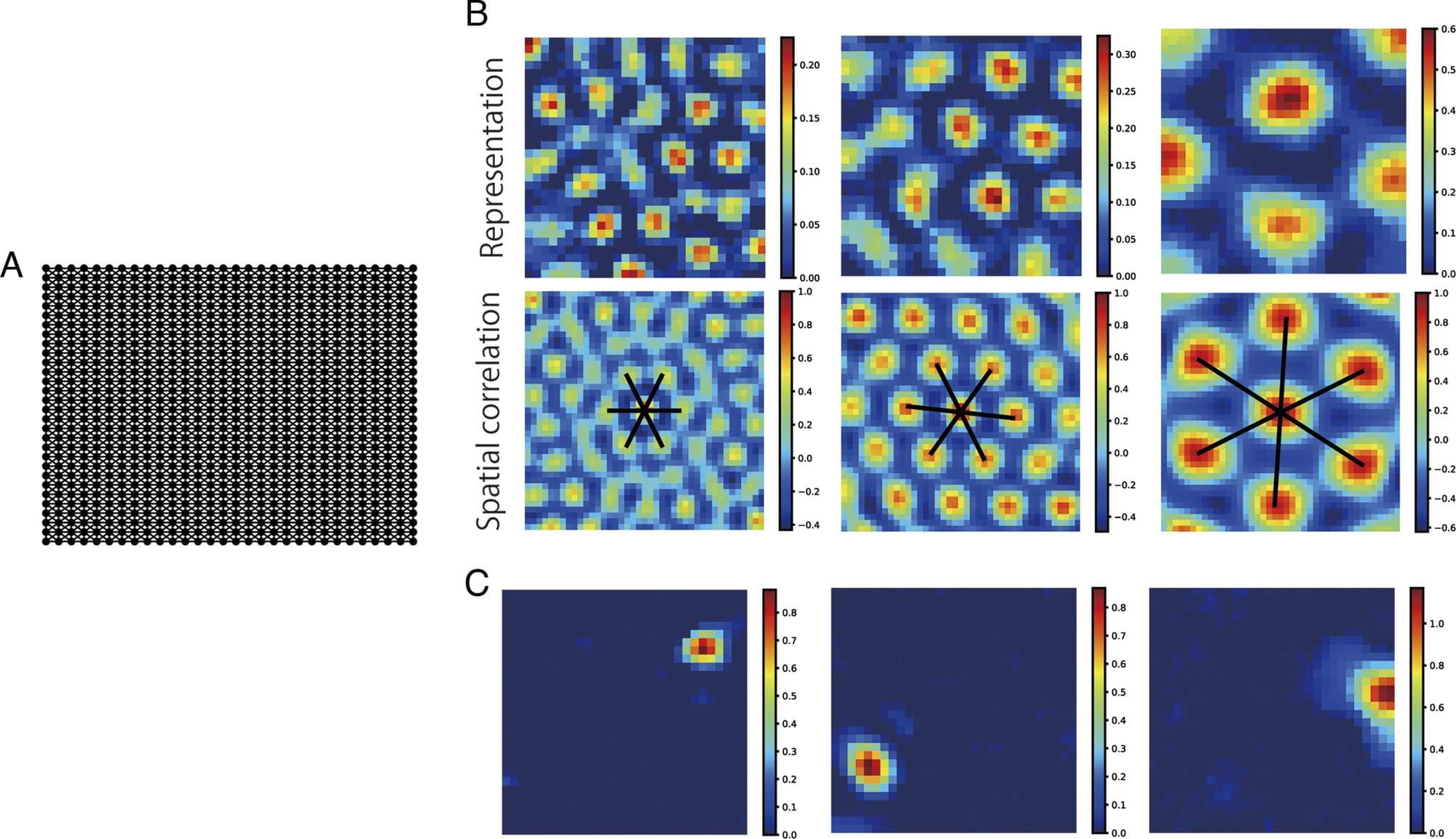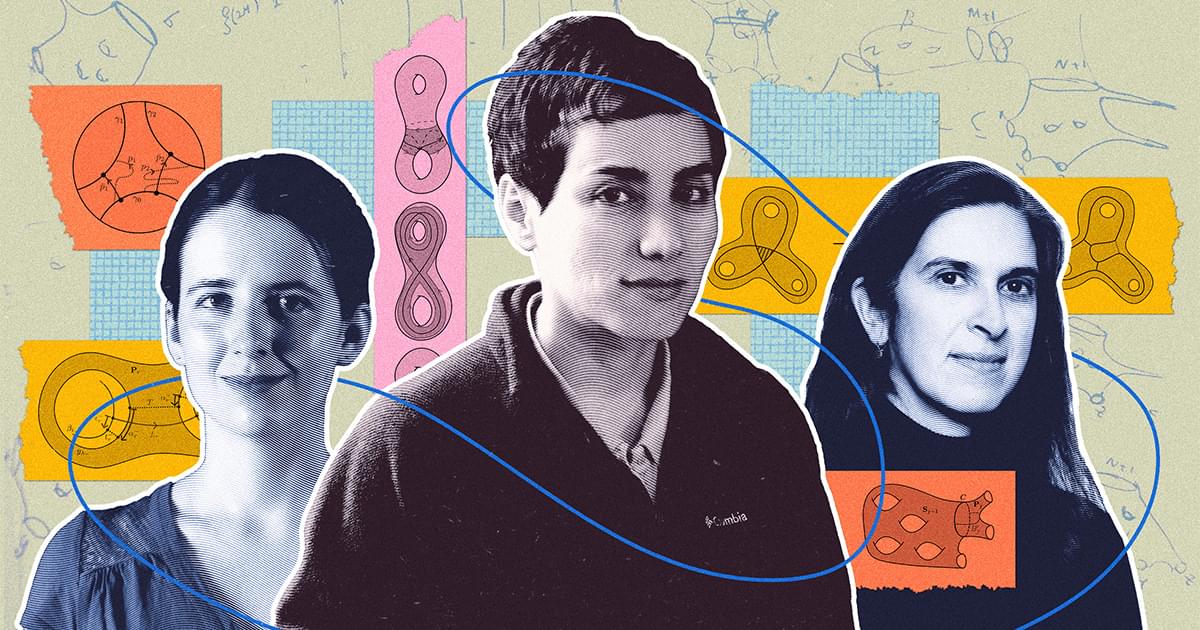In today’s AI news, ByteDance cofounder Zhang Yiming has become China’s richest man as investors bet on companies with AI potential. Zhang’s fortune has grown to $65.5 billion, ahead of beverage giant Nongfu Spring founder Zhong Shanshan’s $56.5 billion, according to Forbes estimates. Zhang, 41, derives his net worth from a 21% stake in the privately held tech behemoth …
And, OpenAI, Google, Meta, Microsoft, and smaller firms like Anthropic are losing massive amounts of money by giving away their AI products or selling them at a loss. “We are in the era of $5 Uber rides anywhere across San Francisco but for LLMs,” wrote early OpenAI engineer Andrej Karpathy. Chatbots are free, programming assistance is cheap, and attention-grabbing, money-losing AI toys are everywhere. AI is in its free(ish) trial era.
Meanwhile, the world’s largest contract electronics maker, Foxconn, said it has built its own large language model with reasoning capabilities, developed in-house and trained in four weeks. Initially designed for internal use within the company, the artificial-intelligence model, called FoxBrain, is capable of data analysis, mathematics, reasoning and code generation. Foxconn said Nvidia provided support …
Then, once upon a time, software ate the world. Now, AI is here to digest what’s left. The old model of computing, where apps ruled, marketplaces controlled access and platforms took their cut, is unraveling. What’s emerging is an AI-first world where software functions aren’t trapped inside apps but exist as dynamic, on-demand services accessible through AI-native interfaces.
In videos, learn how to integrate ElevenLabs Conversational AI platform with Cal. com for automated meeting scheduling. Angelo, takes you through the process with step-by-step instructions, and you can view and use the complete guide with Eleven Labs full documentation.
In other advancements, Anton Osika is the co-founder and CEO of Lovable, which is building what they call “the last piece of software”—an AI-powered tool that turns descriptions into working products without requiring any coding knowledge. Since launching three months ago, Lovable hit $4 million ARR in the first four weeks and $10 million ARR in two months with a team of just 15 people.
S first frame, influencing the entire clip. We We close out with, Jason Calacanis sitting down with Harrison Chase, CEO of LangChain, to explore how AI-powered agents are transforming the way startups operate. They discuss the shift from traditional entry-level roles to AI-driven automation, the importance of human-in-the-loop systems, and the future of AI-powered assistants in business. Harrison shares insights on how companies like Replit, Klarna, and GitLab are leveraging AI agents.








